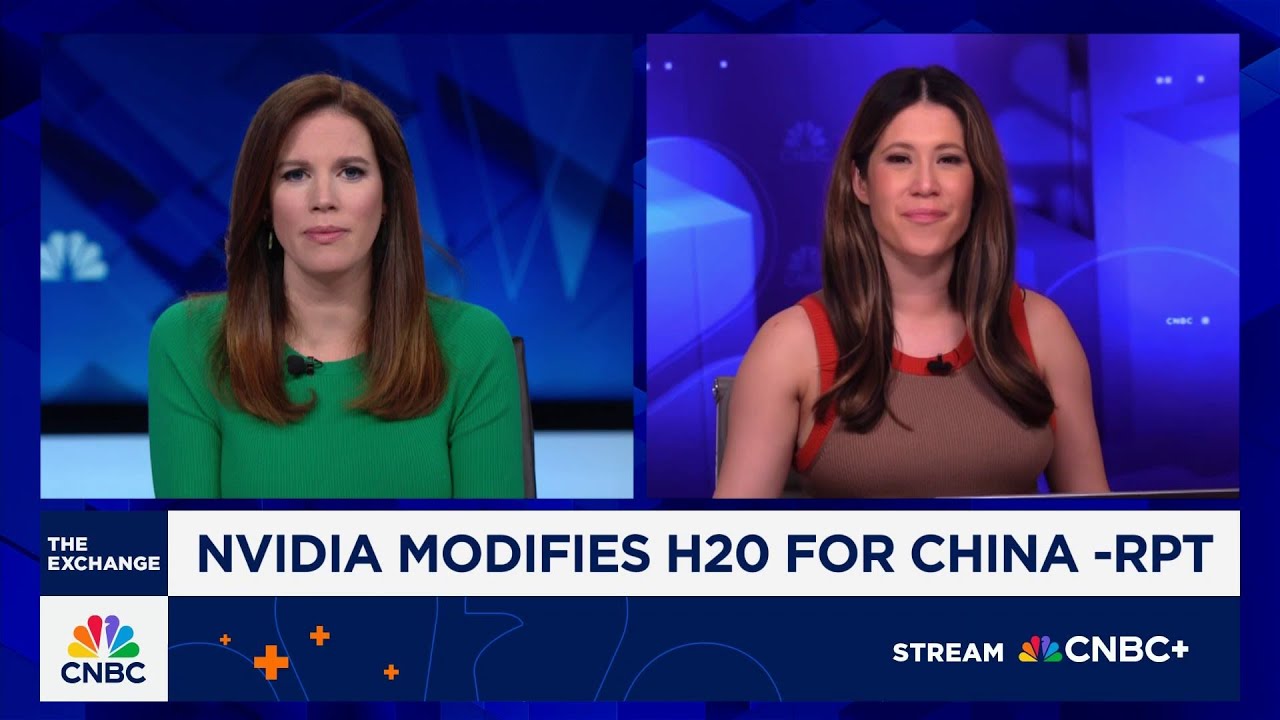The video explains the internal US policy divide between promoting AI innovation through diffusion and restricting China’s access via containment measures, creating a complex and uncertain future for AI strategy. It highlights Nvidia’s efforts to navigate export restrictions and notes a potential shift in US perspectives toward more open collaboration, contrasting with longstanding containment policies that aim to limit China’s technological progress.
The video discusses the current internal policy divide within the United States regarding AI strategy, highlighting the conflicting approaches of diffusion and containment. On one side, there is an effort to promote the spread and development of AI technology globally, while on the other, there are restrictions aimed at limiting China’s access to advanced US technology. This divide reflects broader tensions in US policy, balancing innovation with national security concerns.
Nvidia is a central focus in this discussion, as it plans to release a downgraded version of its H20 chip to circumvent new export restrictions. The original chip was designed to bypass restrictions aimed at China, and Nvidia has been taking advantage of the lag between policy announcement and enforcement. The company managed to clear approximately $18 billion worth of orders before the restrictions tightened, and it is now preparing alternative plans to continue its business without violating new rules.
The video also highlights a shift in perspectives among influential voices close to the US government. AI industry figure David Saxe has recently begun to criticize the current approach, blaming bureaucratic red tape rather than Chinese competition for the US falling behind in AI development. Saxe suggests that the US should encourage global collaboration and build on its technological advantages, signaling a potential move toward more open diffusion strategies.
However, this potential shift toward diffusion conflicts with longstanding US policies of containment, which include export bans, tariffs, and licensing restrictions aimed at limiting China’s access to US technology. These policies have been designed to slow China’s technological progress and protect US dominance. The tension between these two strategies—diffusion and containment—creates uncertainty about the future direction of US AI policy.
Finally, the video notes that chips are increasingly being used as leverage in international negotiations, which complicates the policy landscape. If the US moves toward fewer restrictions and adopts a more open approach, it could signal a positive shift for AI investment and innovation. Conversely, if restrictions are maintained or expanded, it could hinder progress and be bearish for the AI sector. The evolving policy environment remains a key factor influencing the global AI industry and investor sentiment.
